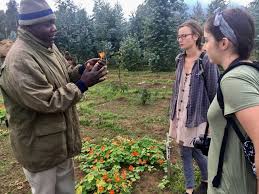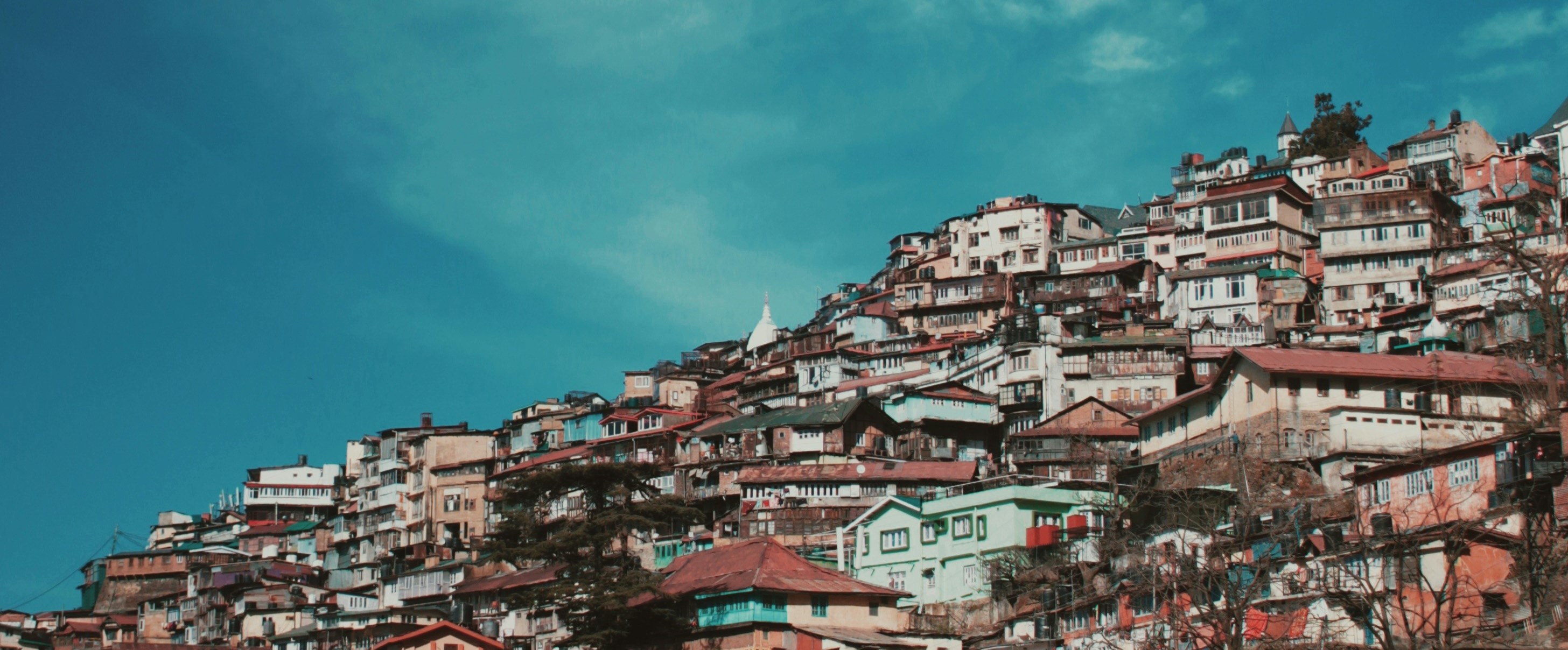Red Rocks Conservation Of Medicinal plants
Rural people living around the virunga massif are familiar with the medicinal properties of plants growing close to their homes, in the open fields, margin of the mountains, waste lands and the nearby forests. The herbal doctors in the villages are well acquainted with various plants they need for different ailments. The knowledge about these plants and the various formulations made were usually kept as family or professional secrets. They are passed on from the parent to the offspring
Medicinal plants and their natural habitat are under greater threat of over exploitation than ever before. The objectives of the study were to create awareness among local communities on the urgent need of conservation of medicinal plants;
To build on the strength of local Ethno-medical tradition of local region and district and peoples’ health culture; Ensuring people's participation for conserving medicinal plants and traditional culture;
To conserve RET (Rare, endangered and threatened) plants; and document medicinal plant bio-diversity and promote their extinction through conservation. To create awareness among local communities on the urgent need of conservation of medicinal plants; Ensuring people's participation for conserving medicinal plants and traditional culture; To conserve RET (Rare, endangered and threatened) plants.
Establishment of our Kinigi demonstration garden, Seed and Raw Drug Centre
A research project was carried out and over 100 herbarium (50 species) were prepared and planted at our demonstration garden which serves the local indigenous community which was resettled from the national forest parks. Seeds of 80 species and 50 raw drugs were collected and are currently displayed in the medicinal plant garden in kinigi. The establishment of herbarium, seeds and raw drugs museum is for the purpose of documentation, education, training and research on medicinal plants and also support the local people.
Conservation
A priority list of species to be grown in the Kinigi-medicinal demonstration garden has been made based on the Ethno-medicinal needs of the local people. The various species grown in garden are maintained with their natural association as a poly-culture simulating a forest ecosystem. The conservation value is enhanced as same species from various sites are introduced in the red rocks conservation of medicinal plants garden, Which would enhance genetic variability.
Education and training
Kinigi garden is used as an outdoor center of attraction. The medicinal plants especially trees; shrubs and herbs all are labeled. Pamphlets with suitable information are being made for distribution. The Medicinal garden will be used in future as a source of seeds for exchange and commercial purpose.
Nursery
A central nursery was established and 85 species (including the RET species) of medicinal plants were raised for meeting the local requirements of medicinal plants species for conservation garden.
Community Participation
As peoples participation is essential for any conservation programme the prime objective of the project was to develop activity to motivate and ensure the whole - hearted co-operation of the target group for the revitalization of the tradition health system and information to conserve medicinal plants. In order to document the local health care needs and the traditional health system, we also conduct assessment workshop to validity the information collected on the traditional health care system and the efficacy of the treatment both from the doctors and patients view.
Mode of implementation
The target groups were identified through Red Rocks Initiatives network. We were able to reach a diverse range of people including women's associations), forming new groups, interaction with marginalised groups of people plus other developmental programmes
External source(s)
Image

Red Rocks Rwanda
Project start date
20/12/2019
Project end date
20/12/2019


